Since first emerging from Africa 50-100,000 years ago, humans have been driven to explore new lands. Now scientists at the University of Adelaide have pinpointed the Indonesian island of Flores as one of the starting points for pioneers of the Asia Pacific region around 5000 years ago.
They tracked the humans using an unusual method: analysis of ancient rat DNA.
“Whether by accident or deliberately, the first humans to travel across and colonise the Pacific islands took rats with them,” explains Vicki Thomson, who leads the research.
“The island of Flores appears to be the homeland of the Pacific rat.”
Vicki and her colleagues found that rat carcasses in Flores contained the highest diversity in their DNA of all the island sites studied across Island South-East Asia and the Pacific.
Thousand year old DNA is not easy to analyse. Luckily, Vicki is based at the largest ancient DNA facility in the Southern Hemisphere, the Australian Centre for Ancient DNA.
“Archeologists send us the samples, and we use specialist techniques to piece together and sequence the ancient DNA,” Vicki explains.
The results give scientists strong evidence that the cultures and people of modern-day Polynesia were likely strongly influenced by the island of Flores.
“By studying dead rats we’ve had a glimpse at human history,” Vicki says.
Vicki presented her research at Fresh Science South Australia 2015.
Fresh Science is a national program that helps early-career researchers find and share their stories of discovery. Over 30 early-career researchers nominated for Fresh Science SA, which was held at the South Australian Museum (training) and The Lion Hotel (public challenge event).
Fresh Science South Australia was supported by the The University of South Australia, The University of Adelaide, Flinders University and the South Australian Museum.
Contact: Vicki Thomson, University of Adelaide, vicki.thomson@adelaide.edu.au
A specimen of the Pacific rat (Rattus exulans) Credit: Cliff

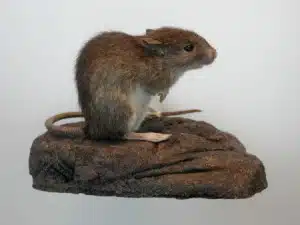
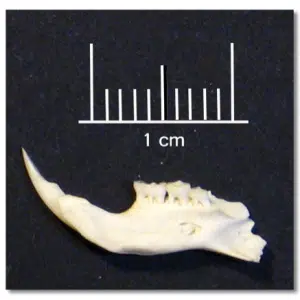

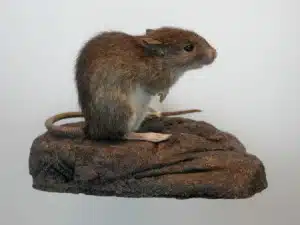
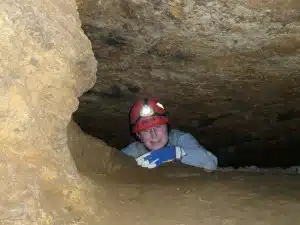
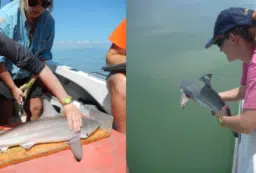


 Fresh Science is on hold for 2022. We will be back in 2023.
Fresh Science is on hold for 2022. We will be back in 2023.